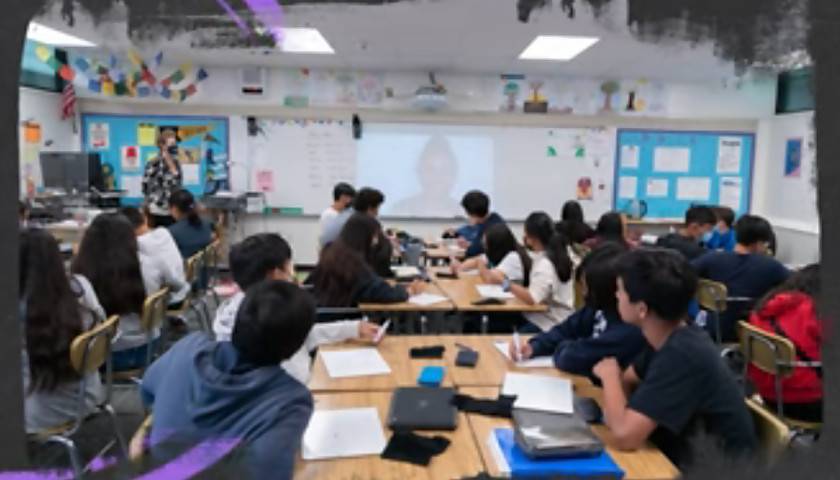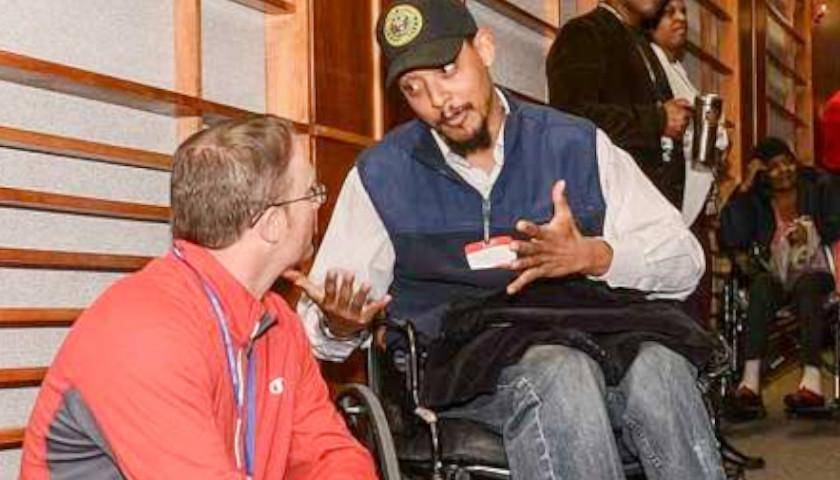by Morgan Sweeney
Many schools in the Washington, D.C., region participate in a program called “No Place for Hate” designed to promote inclusion among students.
At least 143, and possibly closer to 200, are in Virginia and Maryland.
No Place for Hate is a program created by The Anti-Defamation League, an organization with a strong focus on fighting antisemitism but whose mission has expanded to include “countering extremism and battling bigotry … and [ensuring] a just and inclusive society for all.”
In recent school years, regional offices of the ADL have released videos announcing partner schools. For the 2022-23 school year, the League’s D.C. office shared the names of 143 schools that participated in the program.
However, schools are only certified and featured in the video if they complete a number of required activities that year; some schools that offer the program may not be included. The Center Square confirmed with Prince William County Schools that several of its schools were not listed in the video, and this was true for other school districts, as well.
With that in mind, there could be closer to 200 schools in the area that offer No Place for Hate, including roughly 80 elementary schools.
There’s a heavy concentration of the schools in Prince William and Arlington counties in Virginia and Maryland’s Montgomery County, which contains the state’s largest school district.
But some schools in Loudoun, Henrico and Fairfax counties in Virginia, and Calvert, Howard and Baltimore city or Baltimore County in Maryland also feature the program.
The No Place for Hate program is closely tied to ADL’s “A World of Difference” campaign, which began in 1985. The program provides curriculum that “promotes critical thinking and learning through the lens of diversity, bias and social justice” through lesson plans and a library of more than 800 program-approved books.
Schools can sign up to become No Place for Hate schools on the ADL’s website, as well. There, the organization recommends a “four-phase approach” to joining the movement: forming a committee, signing a pledge, assessing school climate, and implementing educational activities on bias, intolerance, prejudice and bullying.
While school No Place for Hate groups are to be student-led, school staff often oversee them and parents and families are encouraged to join as well.
Signing the pledge is to be a school-wide effort and the pledge is to be publicly displayed to remind students of their commitment. The program offers one pledge for elementary schools, and another for middle and high schools.
The elementary pledge includes five commitments, mostly like the first: “I promise to treat everyone fairly.”
The middle and high school pledge contains promises to “gain understanding of those who are different from myself,” “speak out against prejudice and discrimination,” and “help to foster a prejudice-free school.”
Schools are to complete three anti-bias activities with the whole student body “[introducing] young people to other cultures and faiths” and “[celebrating] diversity and [promoting] respect for differences.”
Loudoun County schools have reported an increase in hate incidents, including antisemitism, as have Montgomery County schools and are partnering with the ADL to work in their longer-term responses to these issues..
More than 1,800 schools participate in the program nationally, meaning that it is available to more than 1.4 million students, according to the ADL’s website.
– – –
Morgan Sweeney is a contributor to The Center Square.
Image “No Plae for Hate Class” by ADL.




